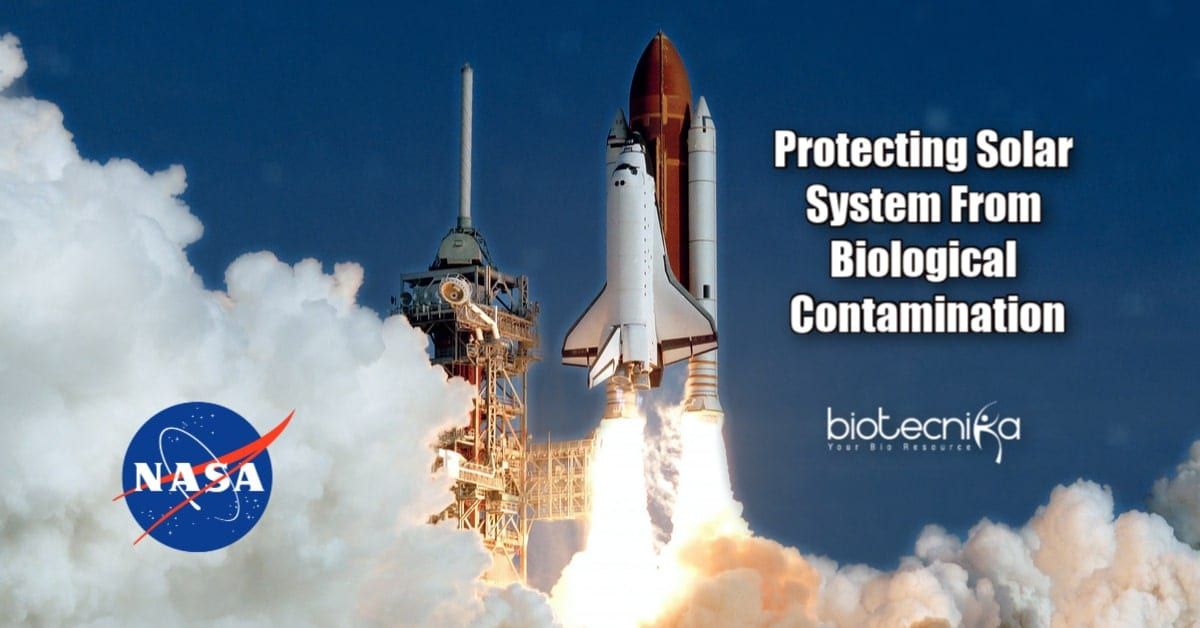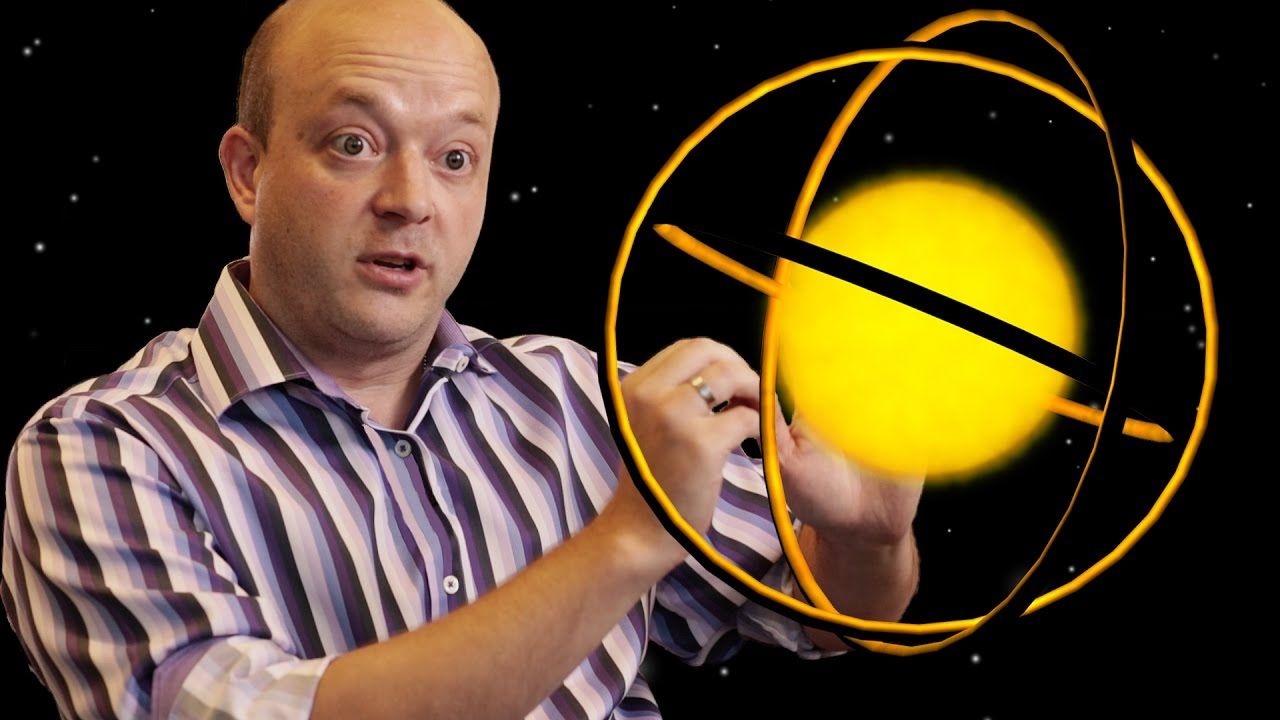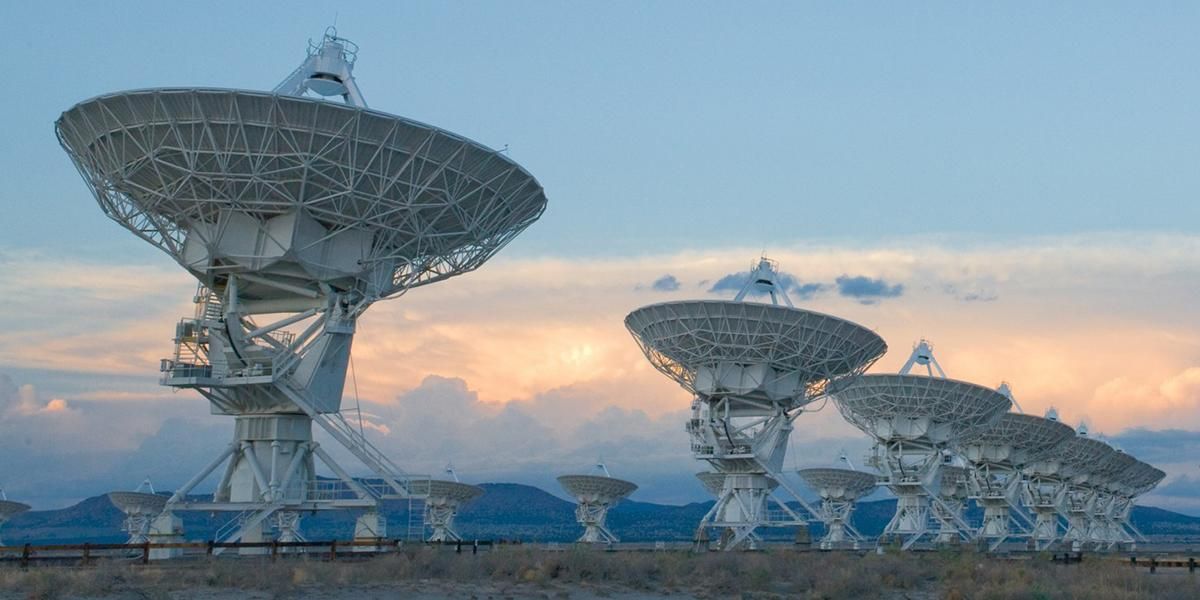NASA Needs Your Help in the Search for Alien Life
Article by Becky Ferreira October 2, 2020 (vice.com)
• Since the 1990s, scientists have discovered thousands of exoplanets throughout our galaxy contain a dizzying variety of extraterrestrial environments, some of which may host life.
• On September 29th, NASA launched the citizen science project ‘Planet Patrol’ on Zooniverse, inviting volunteers to join the hunt for new exoplanets by examining images snapped by the Transiting Exoplanet Survey Satellite (TESS), which has been in orbit around Earth since 2018.
• Veselin Kostov, a research scientist at NASA’s Goddard Space Flight Center in Maryland and the SETI Institute in California, said the project has already attracted more than 1,600 participants who have collectively delivered 100,000 individual classifications in just three days.
• “Citizen science projects are a great way to engage our built-in, never-ending curiosity about the world we live in,” says Kostov. Planet Patrol can also “promote a sense of a community pursuing the common goal of understanding the universe and our place in it.”
• The TESS satellite is designed to spot exoplanets as they pass in front of the stars they orbit, causing the star’s brightness to fade slightly. If these light dips occur at regular intervals, it’s a good sign that a planet may be present. Once the existence of an exoplanet has been confirmed, scientists can conduct follow-up observations that reveal basic properties of the distant world, including whether it might be habitable. For this reason, exoplanet-hunting is an important component of the search for extraterrestrial intelligence (SETI).
• Scientists use automated software and machine learning to sift through the hundreds of thousands of pictures TESS takes each year. These systems can flag likely exoplanets to a certain extent, but they have trouble recognizing “imposter” false transit events. For instance, binary systems that contain two stars can produce a light dip, or instrument and/or astrophysical noise that distort the TESS images, which automated processing software might accidentally catalog as an exoplanet candidate. “The human eye is very good at quickly and reliably spotting such image distortions,” says Kostov.
• Planet Patrol participants are tasked with evaluating the quality of TESS images used to distinguish between potential false positives and bona-fide planet candidates. It’s the latest of several exoplanet-hunting platforms that have benefitted from the time and dedication of amateur space enthusiasts, such as Planet Hunters and Exoplanet Explorers. Says Kostov, “My hope is that the project sparks a continuous interest in exoplanets in particular and in astrophysics in general.”
 Since the 1990s, scientists have discovered thousands of exoplanets, which are worlds that orbit stars other than the Sun, revealing that our galaxy
Since the 1990s, scientists have discovered thousands of exoplanets, which are worlds that orbit stars other than the Sun, revealing that our galaxy

contains a dizzying variety of extraterrestrial environments, some of which may host life.
Now, NASA is inviting volunteers to join the hunt for new exoplanets by examining images snapped by the Transiting Exoplanet Survey Satellite (TESS), which has been in orbit around Earth since 2018.
On Monday, NASA launched the citizen science project Planet Patrol on Zooniverse, enabling anyone with an internet connection to spot and classify likely exoplanets in TESS’ starry images.
Veselin Kostov, a research scientist at NASA’s Goddard Space Flight Center in Maryland and the SETI Institute in California, said the project already has more than 1,600 participants who have collectively delivered 100,000 individual classifications in just three days.
“Citizen science projects are a great way to engage our built-in, never-ending curiosity about the world we live in—be it our own planet or a planet a hundred light years away,” said Kostov in an email.
Planet Patrol can also “promote a sense of a community pursuing the common goal of understanding the universe and our place in it,” Kostov added, which is especially welcome at a time when many people are stuck at home due to the Covid-19 pandemic.
TESS is designed to spot exoplanets as they pass in front of the stars they orbit, which is known as a transit. Transits cause the star’s brightness to fade slightly, and if these light dips occur at regular intervals, it’s a good sign that a planet may be present.
1:02 minute NASA “Planet Patrol” video (‘NASA Goddard’ YouTube)
FAIR USE NOTICE: This page contains copyrighted material the use of which has not been specifically authorized by the copyright owner. ExoNews.org distributes this material for the purpose of news reporting, educational research, comment and criticism, constituting Fair Use under 17 U.S.C § 107. Please contact the Editor at ExoNews with any copyright issue.












